A Life: Ethel Nelson ‘took so much pride in it all’
| Published: 09-17-2023 11:50 PM |
CORNISH — Ethel Nelson was much in the news.
Her family, riddling through her local stardom in the months after her death, largely thinks it wasn’t that Nelson herself was attention-grabbing. It’s just that what she did, inevitably, grabbed attention.
“It’s amazing how many times she’s been on TV,” her son, Jim, said.
Nelson’s ties in Cornish were deep, both with its natives and its visitors. When she could, she stepped in as spokesperson for the things in it that couldn’t speak for themselves, be it beavers or bridges.
The energy that animated her life was present even in her years-long battle with dementia. “She still recognized us, but she was struggling,” her granddaughter, Kara, said. Little had slowed her down before. “She broke her neck years ago in a car wreck. She was so obnoxious about even keeping the neck brace on. She broke her pelvis in another accident too, and refused to keep still.”
She died on Aug. 4 at 87, after a fall that resulted in a punctured lung.
Born in 1936, Nelson grew up in what’s now the Chase House Inn in Cornish after her family moved to the Upper Valley from Boston. When she finished high school, she married Wayne Nelson, who would be her partner for 45 years before he died in 1999. The Nelsons and their three sons lived on and off for years on a farm on Dingleton Hill Road, where they raised chickens and a few beef cattle.
“They were such a pair,” Kara said of grandparents. “He was more reserved, she was the outgoing one. My grandfather had squirrels that would come up and eat out of his hand on their porch. But she always had some project or activity. She couldn’t sit still.”
Article continues after...
Yesterday's Most Read Articles
With Wayne working full-time as a truck driver, Nelson picked up the loose ends around the farm. “She was a fix-it-type woman,” said Jim, who’s now a carpenter in Claremont. “My wife always tells the story of the first time she met her. My mother had a toaster absolutely torn apart on the kitchen table. She put it back together, and it worked. She would do whatever needed to be done.”
Some things that Nelson saw as “needing to be done,” others might not have thought of as a necessity.
When a beaver dam showed up in the middle of an old logging road that ran through the Nelsons’ farm, the family opted to leave it be. They walked down to the dam almost every night to watch the animals at work, grabbing apples for beaver snacks from their orchard on the way.
Bucky, the most favored beaver, started eating out of Nelson’s hands. She didn’t have to sit still: The family found that the more they chattered and moved around the beavers, the more social the animals were.
“My parents would call the beavers, and they would come. They didn’t go down at any certain time, just whenever chores were done,” Jim said. “Then, they’d stand and yell, ‘Come on, beaver.’
Bucky would make a beeline for them. Camera crews from WNNE-TV showed up, as did Valley News photographers. Nelson became “the beaver lady,” and embraced her new moniker with zeal. In 1993, she gave a talk at the Cornish Meetinghouse titled: “My Five-Year Friendships With Beavers.”
As beavers age, they tend to leave their home dams for a period of time. When Bucky came of age and shipped off, “that was really hard for my folks,” Jim said. “My mother literally, for weeks, walked tens of miles through the woods trying to find where he had gone.”
In 1978, having sold the farm, the family bought Nelson’s mother’s house. The house sat at the base of the Cornish-Windsor covered bridge.
With Bucky out of the picture, Nelson’s energetic attentions were diverted to the inanimate.
At a 1984 public meeting about repairs for the bridge that would leach into the Nelson’s property, Nelson herself stood up to say that was no problem. “We know that bridge needs to be fixed, so we’ll do what we need to do,” she’s quoted as saying.
She and Wayne were hired by the state as “gophers” for the project — fetching construction supplies for workers. When they were gone on the weekend, the Nelsons would “patrol,” she said in a 1994 interview in the Valley News.
In 1989, when the bridge ultimately re-opened following those renovations, she was right there with it.
Nelson sat for years at the base of the bridge in a hoop hut. “My dad would put that up for her every year and take it down in the fall,” Jim said. There, she sold postcards, and “hundreds upon hundreds of pictures,” he said, that she had taken herself.
“She had thousands of people from tons of countries stop and see her and sign her guestbook,” Jim said. “She just liked being the information.”
It was a protective move, an attempt to keep all the facts straight and stand guard over her home, Cornish.
“I want everyone to know that New Hampshire owns the bridge,” she said in a 1994 Valley News interview. “I could not stand the thought of people coming and getting pictures of (it) and not knowing anything about it.”
In the early days, before the hut, Kara remembered Nelson backing her station wagon down the driveway and setting up a tiny table. She found a phone cord to run down from the house.
The “beaver lady” had redubbed herself. Nelson would then be known as “the bridge lady.”
“She grew up with it; it was a part of her,” Kara said about Nelson’s relationship to the bridge.
Trying to get the bridge — which once held the title of the longest covered bridge in the country — on a U.S. postage stamp, Nelson penned throngs of letters to the editors in the Valley News. Often in those letters, she referred to the bridge as “she.”
“When I go away for a few months and come home to see my bridge, I get a lump in my throat and can hardly swallow,” she wrote to the newspaper in 1996. “It is so awesome to see her hanging across the Connecticut River, just waiting for someone to ride across her and let her do her ‘thing’ for humanity.”
Her efforts saw her reaching out to President Bill Clinton and Vice President Al Gore. After their radio silence, she made her own fake stamp.
“I never thought of her as an attention-seeking person,” Kara said. “I think it was more like — she took so much pride in it all.”
But Nelson’s pride, though strong, wasn’t severe. She was goofy, with a crass sense of humor and penchant for the spontaneous.
Kara recalled a rainstorm passing through Cornish while she sat on the porch of the family’s house with her grandmother, looking out at the bridge. “She told me to get out there and take the rain in, run around in it,” she said.
Nelson’s apartment at the Earl M. Bourdon Centre, a subsidized senior living facility in Claremont where she lived out the last two decades of her life, was packed with trinkets. Her porch there practically sagged under the weight of the orchestra of wind chimes she had strung up, her great-granddaughter, Adelyn, said.
Nelson also collected brass — and for no apparent reason other than “she liked the way it looked,” Adelyn said. “That little apartment was filled top to bottom with brass bells and plates and cups,” she said. “She was eccentric like that; she had quirks.”
She often picked up Adelyn from school when she was young. From there they would go to Kennedy Pond in Windsor or Saint-Gaudens National Historical Park. At Wellwood Orchards in Springfield, Vt., “we’d sit in the animal area and pet animals for hours,” Adelyn said. “There were deer there. She’d grab apples and feed them.”
Adelyn spent the night at the Bourdon Centre with Nelson, too. There, they ate Cool Whip (“She loved sweets,” Adelyn said, remembering a fridge full of pudding), and Ethel indefatigably listened to her great-granddaughter play the piano in the lobby of Bourdon. She even encouraged her to put on more formal concerts for the residents there, making signs to hang up around the center. It was enough to draw a crowd.
“It felt like an equal give and take: I was really excited to show her all the things I learned, but she was so excited to listen,” Adelyn said. “She never was like, ‘OK, time to go up.’ She would just listen and listen.”
Nelson encouraged Adelyn to put on more formal concerts at Bourden.
Adelyn is now a piano teacher in southern New Hampshire and studied music at the University of New Hampshire. “That exposure that she gave me to music was just so important in my life,” she said. “I’m not really sure what would have happened without that.”
When she talked to her great-granddaughter, Nelson was rarely censored.
“We would talk about everything,” Adelyn said. “She was always so receptive to me asking anything; she wasn’t ever sensitive. She also was talking about death with me when I was pretty little. She was jolly about it. Her attitude was: ‘Anytime God wants to take me, I’m good to go.’ ”
In Nelson’s last days in the hospital, Adelyn, joined by Kara, hauled a keyboard up to her bedside and played music from a songbook Nelson had recovered from when she herself was a young girl.
“She would snap awake to music from her childhood, even in her dementia,” Adelyn said.
“We played that book front to back. It was my last chance to play for her, and she was still such a good listener.”
Frances Mize is a Report for America corps member. She can be reached at fmize@vnews.com or 603-727-3242.

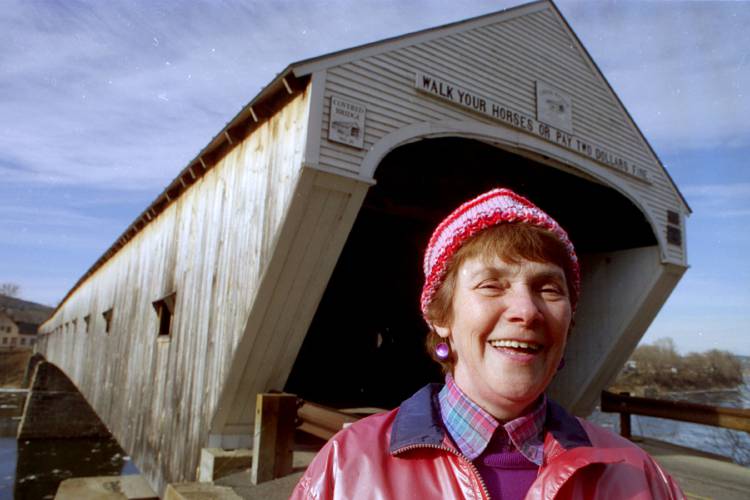
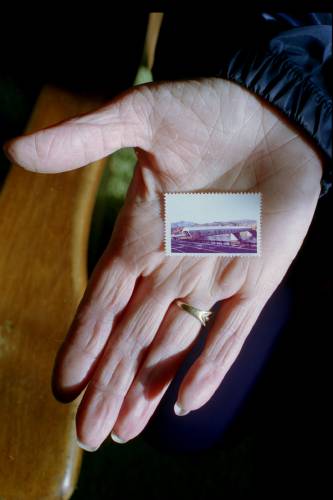
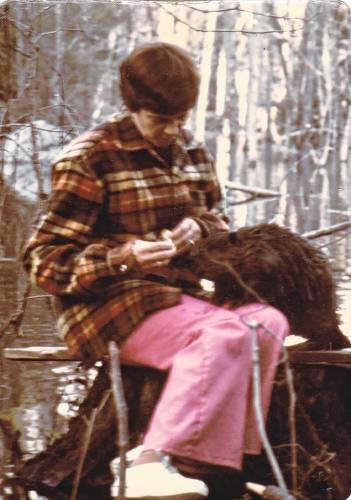
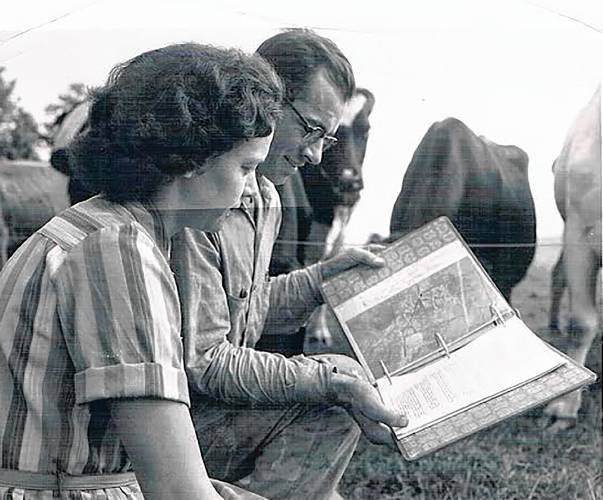
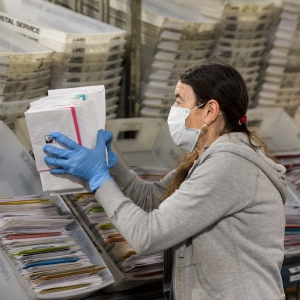 Plan on track to ship Upper Valley mail to Connecticut for sorting
Plan on track to ship Upper Valley mail to Connecticut for sorting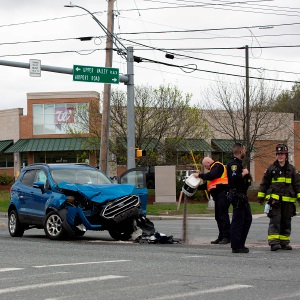 West Lebanon crash
West Lebanon crash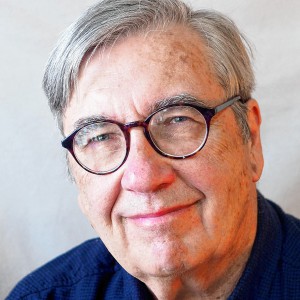 Over Easy: On bread, buttered popcorn and big sandwiches
Over Easy: On bread, buttered popcorn and big sandwiches
